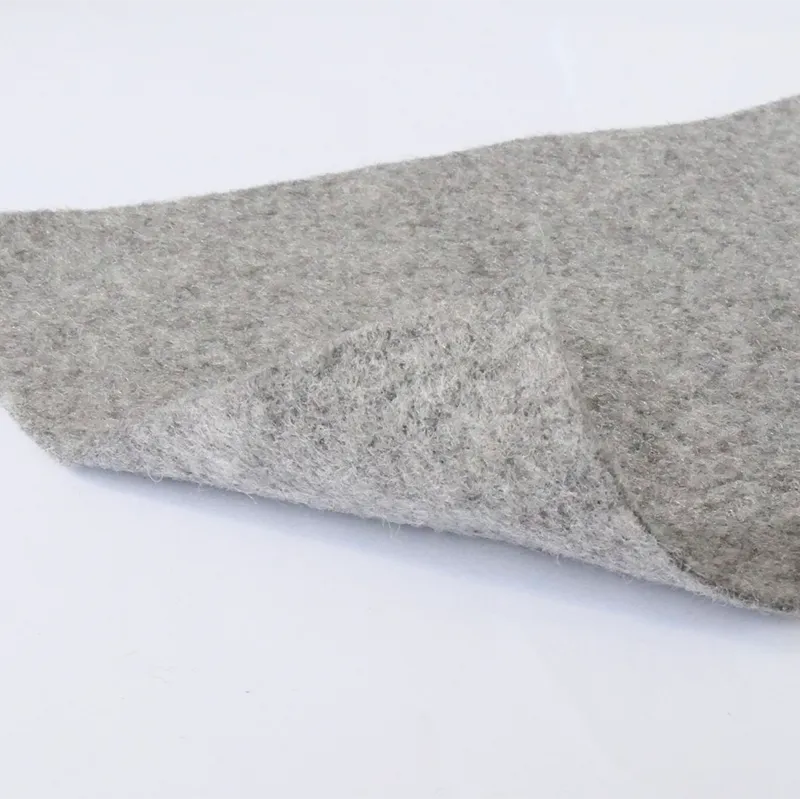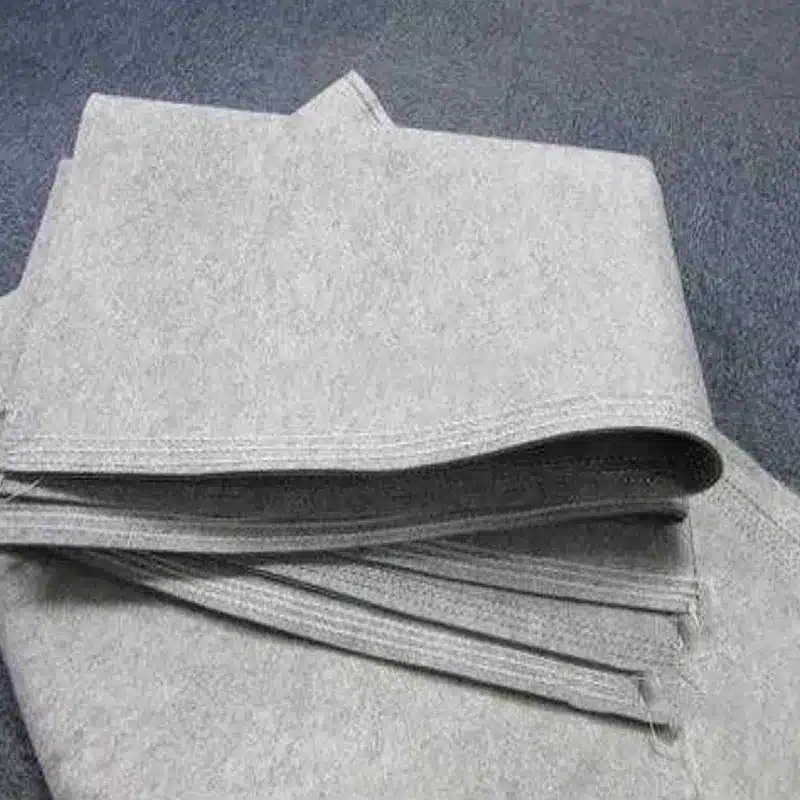+86-159 9860 6917
info@geofantex.com
geofantex@gmail.com
+86-400-8266163-44899
Nonwoven geotextiles, also known as nonwoven geotextiles (NWG), are an essential component in the construction and civil engineering industry. These materials, manufactured from synthetic fibers mechanically bonded together by needlepunching or needle-punching processes, play a key role in a variety of applications. Their versatility lies in their ability to provide filtration, separation, and reinforcement in engineering projects. Nonwoven geotextiles are used to prevent soil erosion, stabilize embankments, and improve the performance of drainage systems. Whether in road construction, landscaping, or environmental projects, nonwoven geotextiles are an indispensable solution for increasing durability and sustainability in a wide range of construction and civil engineering projects.
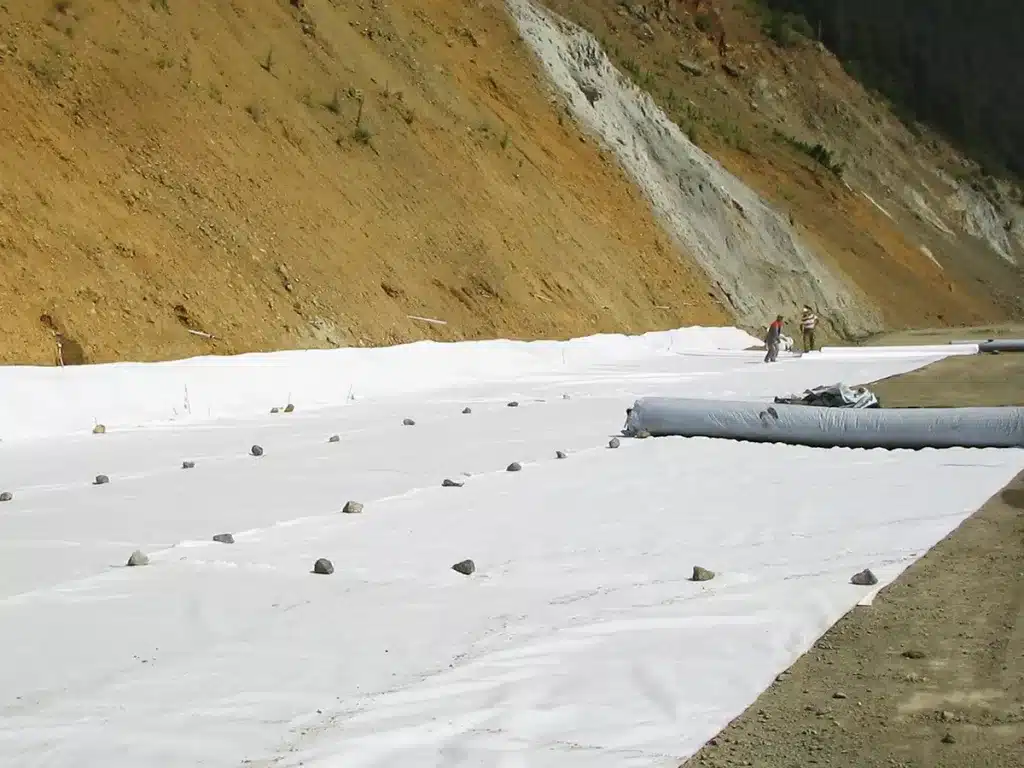
What is non-woven geotextile used for?
Non-Woven Geotextiles. Geotextiles are planar and permeable members that are used in contact with soil/rock and/or any other geotechnical material for civil engineering applications. They are basically textiles manufactured from synthetic fibers. Thus, biodegradation is not a problem for geotextiles.
What is the difference between woven and nonwoven geotextile?
Non-woven geotextiles break down much faster than woven geotextiles because they don’t have the same reinforced strength as layers of material woven together do. However, where pooling or standing water is a problem, non-woven geotextiles offer a better choice in the management of such issues.
What is geotextile non-woven fabric?
Non-woven geotextile is a felt-like fabric made by thermally bonding polypropylene or a mixture of polypropylene and polyester fibers and then finishing using needle punching, calendering, and other methods. This specialized material is utilized in civil engineering and construction applications. Unlike woven fabrics, which are created by weaving fibers together, non-woven geotextiles are manufactured by bonding or mechanically entangling fibers. These fabrics are made from synthetic materials, most commonly polypropylene or polyester.
Designed to exhibit specific engineering properties, non-woven geotextile fabrics are well-suited for a range of applications in soil stabilization, drainage, filtration, and erosion control. The non-woven structure allows for greater water permeability while preventing soil particles from passing through, making it effective in applications where both water flow and soil retention are important.
What are the disadvantages of geotextile fabric?
There are certain disadvantages to Geotextiles. They are susceptible to blockage by sediments; organic residues; plant roots; fungi and algae; viscous petrochemical compounds and slimes.
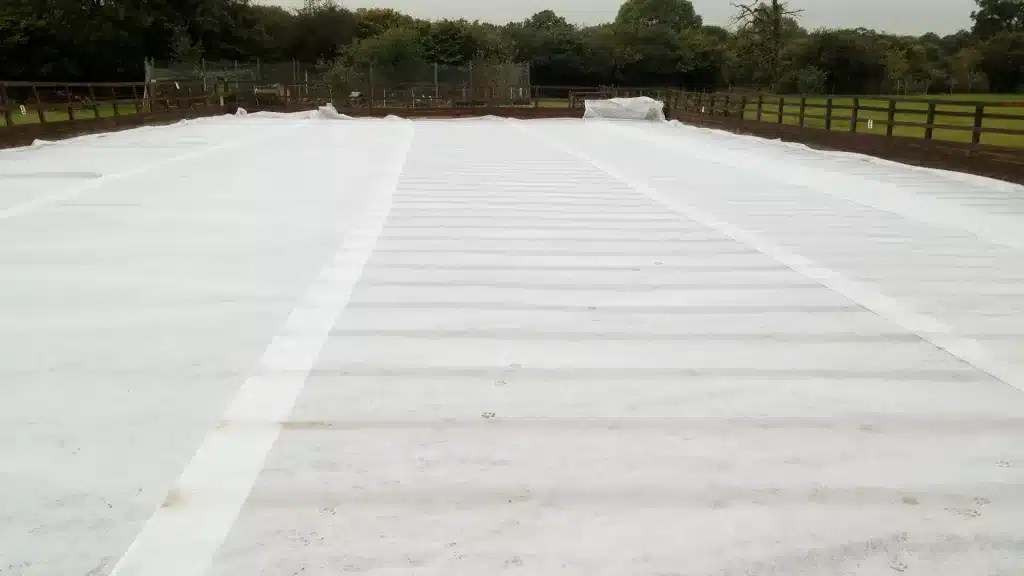
Non-woven geotextiles, a silent hero in civil engineering, offer versatile support. Crafted from synthetic fibers, they provide filtration, separation, and reinforcement. These materials prevent soil erosion, stabilize embankments, and enhance drainage in construction. In road projects, they maintain material separation, ensuring durability, while in landscaping, they control weeds and preserve soil health. These unassuming materials promote sustainability by reducing chemical use and soil displacement, supporting resilient infrastructure.
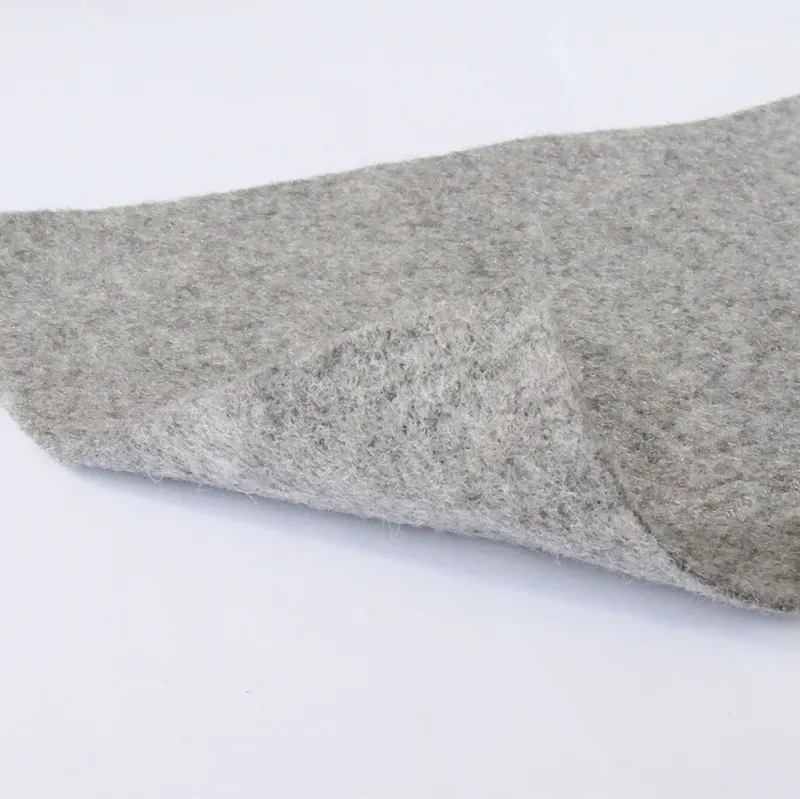

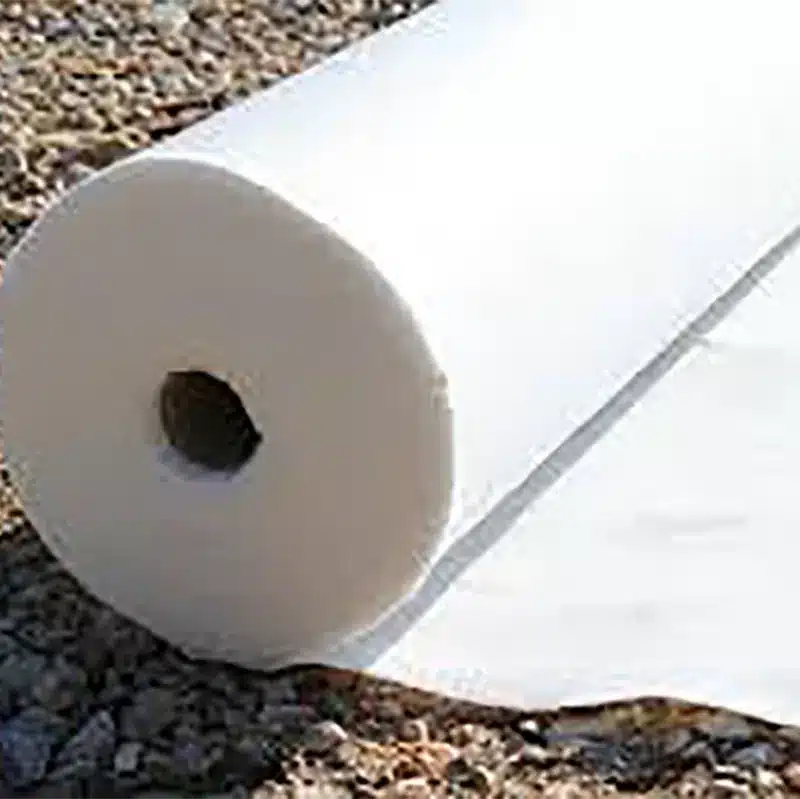
Get Free Sample
We’ll respond as soon as possible(within 12 hours)

























